Contemplations of the Built World: How to Make a Livable City
Today I want to talk about the qualities and characteristics of certain cities that make them attractive, comfortable, and safe for people to live in. Many of us travel from all over the world to visit certain cities and areas, and we maybe unconsciously don't know exactly why we're attracted to these. There’s a list of certain criteria that have been written about and studied and analyzed by historians, urbanists, architects, kind of trying to articulate these qualities. And I'll go into many of them here. But I think it's important for us to know as a general population what those qualities and characteristics are in an effort to try to implement those in our future cities and our current cities if possible, so, we're creating environments that are habitable, they're comfortable, they're inviting for people, all of which will in turn generate vitality in the cities; They’ll stimulate the economy, they'll create active engaging communities for people, they will create living conditions in which people want to be in, where they can socialize, they can engage with family, friends, where they can have a comfortable commute to work, whether that be through cycling or walking. So, I want to go into some of those characteristics today and give you some more detail on those.
So, one of the most important qualities of what I would call a habitable or comfortable city is the appropriate scale of buildings. So often we'll see, especially in North American cities, massive structures, monolithic buildings on city blocks with opaque facades that present this air of mystery and we're not able to see into the building as we're walking down the street. There are long lengths of concrete facades. They become very inhospitable and they become uninviting. So, a characteristic of a city that would feel better would be a more human scale series of buildings. So, what is a human scale building? I would say those buildings could be defined as less than four to five stories in height with about a 15 to 20-foot street frontage and clustered closely together to have some density, but then also having some regularity or repetition in those facades, but with enough or a hint of, let's call it variation, with a hint of variation and a bit of diversity. So, we want repetition, we want some predictability in those building facades at human scale, but we also want to see a little bit of variation, so it doesn't become sterile, it doesn't become like a relentless pattern. As those buildings line the street, people will walk up and down them and they'll feel more connected to the building because it is of human scale. It feels appropriate to their human size as opposed to these larger buildings where you'll walk past them and they just feel vastly out of scale and you may wonder why. You may think why do I feel a bit disconnected from maybe the environment or disconnected from the building or overwhelmed or intimidated by the building. That most often has a lot to do with the scale of the building.
The next criteria that will help to generate a kind of attractive city, comfortable city for people is the diversity of uses and how those are organized within the urban layout. So, the old modernist principle of which is still in use in many cities today, is to separate zoning areas within a town or a city. So, for example, one area will be an industrial area, one area will be the residential area, another area will be the business district. And I think as an organizational principle, the intent behind that was good, or there was no malintent behind that. However, what we've discovered is that through the day-to-day activities of people, we need to have buildings that serve different purposes. For example, your day may be, wake up, have breakfast, go to school, do errands, go to a different use. In order to accomplish those activities on a daily basis, in a modernist plan where all the zones are separated, somebody would have to get into a car or public transportation and travel a relatively long distance because of the large degree of separation, the distance between the different use zones in a city. So, with a mixed use and more kind of intermingled city organization, those uses, those variation of uses are in closer proximity, ideally within pedestrian walking proximity to each other. So instead of getting into a car, an automobile, somebody would be able to walk to those different uses because they're so closely intermingled. And we often call that mixed-use, you know, that's kind of the term I am seeing, we are seeing, I think, in general, a good amount of mixed-use developments occurring and that is promising. However, many zoning codes and planning regulations in town still reflect that the customary kind of modernist zoning plan where the different areas are separated. And I do think that there is let's call it an awareness of the issues that this may be generating. And this will kind of transition into, like I mentioned before, the use of the automobile in cities. And we'll talk about other negative repercussions of the automobile, presence of the automobile in cities. It's not all bad, but there are certain negative repercussions of automobiles in cities.
The next principle that I think is important is the diversity of aesthetics to create identifiable neighborhoods. Now let me tell you what I mean by that. Creating neighborhoods that have a visually distinct character are important throughout the city. So, in residential mixed-use areas, having an architectural aesthetic that kind of binds or forms has developed cohesion between a neighborhood can be really effective. What that does is it provides an image for people to identify themselves with a specific neighborhood. It creates uniqueness also, which is very important. That aesthetic can say many things. It can have a lot to say about the culture in this neighborhood. It can say a lot about the values of the neighborhood. It can say a lot about how the people live there, all of which helps to formulate an identity or a, let's call it a bond from the people to the neighborhood, it's very important. It also helps, as people walk through the different areas of the city, helps give them a sense of orientation and wayfinding in a way. So, if a city, if you're inhabiting a city that has an unidentifiable, an array of areas, it can be very unnerving. It’s easier to get lost. In some modernist cities, not that modernist is bad, but in a fair amount of modernist cities, you're kind of in a concrete, repetition, repetitious, sludge of buildings that make it very challenging to find your way around. So, all of this, what that does to people in the city when they're inhabiting the areas, it gives them a minor pervasive sense of anxiety and a little bit of fear there. They don't know exactly where they are. And that may not be recognizable you know, as they're walking through the streets, but I do believe it has an effect on them.
The next item that I'll talk about is safety and comfort in cities. So, this is a, what I believe is a huge piece to making people feel like they want to inhabit cities, they want to visit them, making them feel comfortable while they're there. The safety issue was discussed at length by Jane Jacobs, and these ideas are not original. One specifically comes from her book, “The Life and Death of Great American Cities”. What she talks about is the citizens or the people in the city serving or assisting in that process of making people feel comfortable and safety through their individual surveillance. They call it surveillance of the city. So, a lot of that is accomplished through transparency. So let me tell you what I mean by that. As somebody is walking down the street, if you have, especially at the lower level at, on the first level, you have large degrees of transparency. You have building openings, glass, where people in the shops, in the restaurants, in the businesses can see out into the street and vice versa people in the street can see into the buildings. That creates this kind of dialogue between those two groups of people and making it far less likely for, you know, unjust acts to occur on the street or in those buildings because there's a feeling that other people are watching and Jane Jacobs goes into that in great deal, but I do think this idea about transparency contributes not only to safety in the way that she describes it, I also think it helps to create this sense of vitality and liveliness and flourishing in the city when people on the street can see people inside of the buildings, going about their work, being active, engaging with each other, doing work that is meaningful to them, and vice versa of people in the buildings can see out into the street and see people actively walking, engaging, talking, having conversations, resting. There's this sense of liveliness that is observable and I think palatable within the city in those environments. Now contrast that with a city where you're walking down a street with very little transparency on the first level building facades. You can't see into the buildings. You don't see people actively engaging. You're met with an opaque building facade where it's a bit mysterious. You can't see in the building. You don't know what's happening there. Yes, maybe privacy is achieved in that way, but I think you're sacrificing a lot in those instances. I think people in the street looking into the buildings, especially in public areas, don't get that sense of community. They don't sense socialization. They don't see people socializing, and all of which may detract a bit from that desire for them to inhabit the street and walk down the street, sit on the urban furniture and feel comfortable in those environments.
The next quality that I think is present in a good amount of what I would call attractive cities is the promenade or some version of it. So, the promenade is typically a large or wide pedestrian walkway in a city that does not allow automobiles onto it and is ripe with the life of the city. So oftentimes it's flanked on either side by arcades, by canopies, by cafes, restaurants in which their doors, windows, and openings are all oriented towards this promenade. So having something like that in a city can really breathe life back into the urban environment. We see examples, probably the most, one of the most well-known examples of that is Copenhagen in Denmark. So, they went through a process in the 60’s, 70’s, 80’s of kind of reclaiming a good amount of the streets, which were previously used for automobiles, and they reclaim them for pedestrian access only. This is a great example of how that can breathe vitality back into a city and it creates, again, an environment that stimulates vitality, it stimulates the economy. The shops, cafes, restaurants, along those promenades often thrive, create community. There are places for people to rest, places for kids to play, all of which are protected from the fast-paced danger, more or less, of automobile traffic so young families can allow their kids to play without having to be hyper vigilant about them running into the street. Elderly people can sit on urban furniture and not worry about the noise of nearby streets. You're really creating an environment in the city for people and that's what the promenade can do.
The next quality I'd like to talk about is the presence and preservation of old buildings in cities. Why do I think this is important? It does a couple of things. So aesthetically, with old buildings, you have kind of the charm of the old building, the weathered facade of it, the older materials. You have the familiarity of that structure to people who have lived in the city for decades. That's a very comforting feeling for people to feel. So aesthetically, I think it performs nicely. So old buildings also perform an economic function within the city. Because of their age, they often rent or sell at reduced prices, lower prices than new construction would, right? Not always the case, but often that is the case. What this allows for is newer businesses, younger businesses, start-up businesses without massive amounts of funding to come in and occupy those spaces. Okay, so a lot of these younger businesses don't have the financial means or resources to pay for occupancy in a newly constructed building. They just don't. So, the pattern would be those newer startup businesses occupy the old buildings in order to help meet the budget and resource options that they have and they breathe new life into those buildings. They make those new buildings attractive again. They put a lot of pride and care into those new buildings, or sorry, into the older buildings. They'll do small interior renovations of them. There's a lot of charm and that can be produced through the rehabilitation, the care and maintenance of those old buildings. So, it's a common pattern that you'll see in cities where these areas with older buildings, they become inhabited by newer companies and suddenly that area starts to generate a lot of foot traffic. It starts to generate a lot of other new innovative companies coming in. Also, more, let's call it cultural or artistic companies can afford to be in those spaces because of the lower rents, you know, maybe in some of these businesses where their prime goal is not to produce massive profits, it's really to kind of pursue a craft or to create, you know, or a meaningful product to them, they can afford to inhabit these spaces. I think this is really important. As that process gets going, though, however, it kind of will turn over and this is the process of gentrification. So, they'll get to a certain point in the development of the city or development of this area of the city where those buildings will start to be torn down, right? And then new construction will come in. Why that happens is because large companies with the financial resources see the amount of foot traffic, popularity, and interest in these areas. And they think, okay, this is there. We need to have a presence in this area, we have financial means to create a really nice space in here. And their solution to do that is to tear down the buildings. In some cases, this is appropriate. I'm not saying that this is a bad thing in all instances. This is appropriate because maybe a building is completely uninhabitable or it's in really bad shape. It needs to be torn down. That does occur. However, when you begin to tear down an overwhelming majority of old buildings and replace with new buildings and cities, you really lose that charm, original character, identity of a city. You also lose that economic benefit or the availability for newer innovative companies to come in and rent and/or buy these older buildings at a lower price. Once the bigger companies come in, renovate the spaces, or rebuild, they will install their businesses in those newer buildings. Not good or bad, but oftentimes those bigger companies that can afford to do that are businesses that are maybe fast-food empires, pharmaceutical companies, these big companies without, I'd say lacking a bit of culture. And not again, not all cases, but oftentimes that is the case; hedge funds, whatever it may be. And you lose a bit of that charm, you lose a bit of that intimacy and local kind of character of the building to these larger companies. A lot of times these corporate companies are nationwide, so that you're losing that local feeling. You do need that to happen in cities. You need that in certain areas. The issue that I'm trying to express is when it happens on a massive scale to the majority of older buildings. That's when it becomes challenging and can really take the life out of a city. So, you need this nice balance or interspersed balance of older buildings with newer buildings in towns to create the economic balance and create that kind of cyclical turnover of old spaces being occupied by newer start-up companies. And you need that kind of cycle to occur. You just don't want it to have kind of a tabula rasa or a complete wipeout of a historical district in a city. So, we need to be very careful about that.
The last quality that I'll talk about here is the integration of life and work through our cities. Historically, there has been a, especially in North American cities, there's been a degree of separation between work life and home life. So, people live in the suburbs, they travel fair distances to their locations of work in the city. That requires the presence of an automobile and/or public transportation for them to make that commute every single day. The question that I'd like to propose is “How do we maybe create more of an integration and reduce the distance between our work life and our home life?” I think a psychological separation is healthy and important. For example, when COVID hit and everybody's working in-home and trying to perform their home life in there, I think there are issues, inherent issues with that. But I do think that there can be a middle ground. It doesn't have to, work and life should not be separated by a massive commute or even a fair commute. It should also not be completely totally intertwined to where you can't distinguish between one or the other. So, what's the middle ground there? Again, going back to the mixed use developments and intermingling zoning in cities, that could be a solution where your primary residence is up above, is on the fourth story, and that's where you live, that's where your family lives, and then on the street level down below, that's where your place of work is, or a block away, that's where your place of work is, to where you're able to walk to work. There's a separation of environments, which is, I think, inherently healthy, but there's also an ability to have close proximity between the two. This allows much more interaction and participation by that person working in the daily family life as well. So, for example, in that scenario, you know, the person working, the partner working in the family, because the commute is so short, it's a pedestrian commute, they can walk their children to school, they can at lunch, go down the street, go back home or walk up the stairs to go get lunch, they can go drop off their mail via walking, they can run a quick errand by walking three blocks down the street. All of which I think helps to facilitate this feeling of connection with the city, the sense of isolation that an automobile or a car commute can trigger. And I also think it contributes on a basic or primitive health level, too, where people are getting in much more physical exercise just through walking. I don't think that should be overlooked. I think that is an important piece that we really need to start to consider. So there are many more characteristics that I can talk about but we'll cap it at that.
I recommend you know going and reading Jane Jacobs, going and reading Jan Gehl's books on his studies in Copenhagen for some more information. But I hope those points were helpful in helping you become a bit more conscious of why when we go to certain cities, why we feel good why the tourism is healthy there. Why do we want to go to certain European cities? Why do we not want to go to certain North American cities, to make a generalization? There are reasons behind this and I think if we can articulate those to each other and distribute that awareness to people not only can we create better cities for the future but I think as just inhabitants of cities we can also begin to be clear on what environments we want to inhabit, right? And steer the real estate industry to create those environments, to express, become aware of, conscious of those values, I think is really, really an important thing. And that I think could in turn, steer, to some degree, probably not make massive change, but could steer the real estate development and construction industry, architectural industry in a more kind of humanistic fashion and it can help everybody become more aware of those values that I think play a huge part in our daily life.

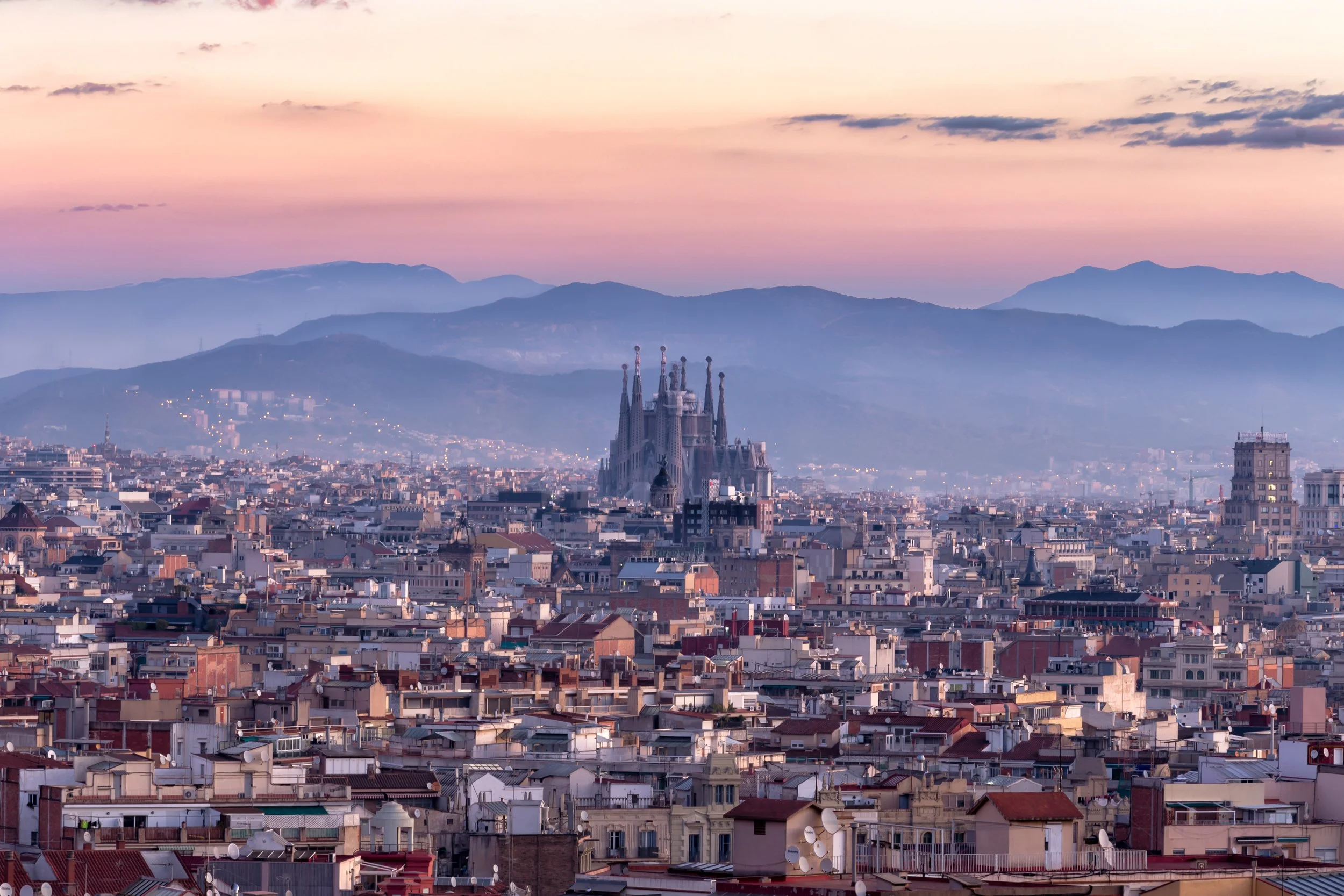
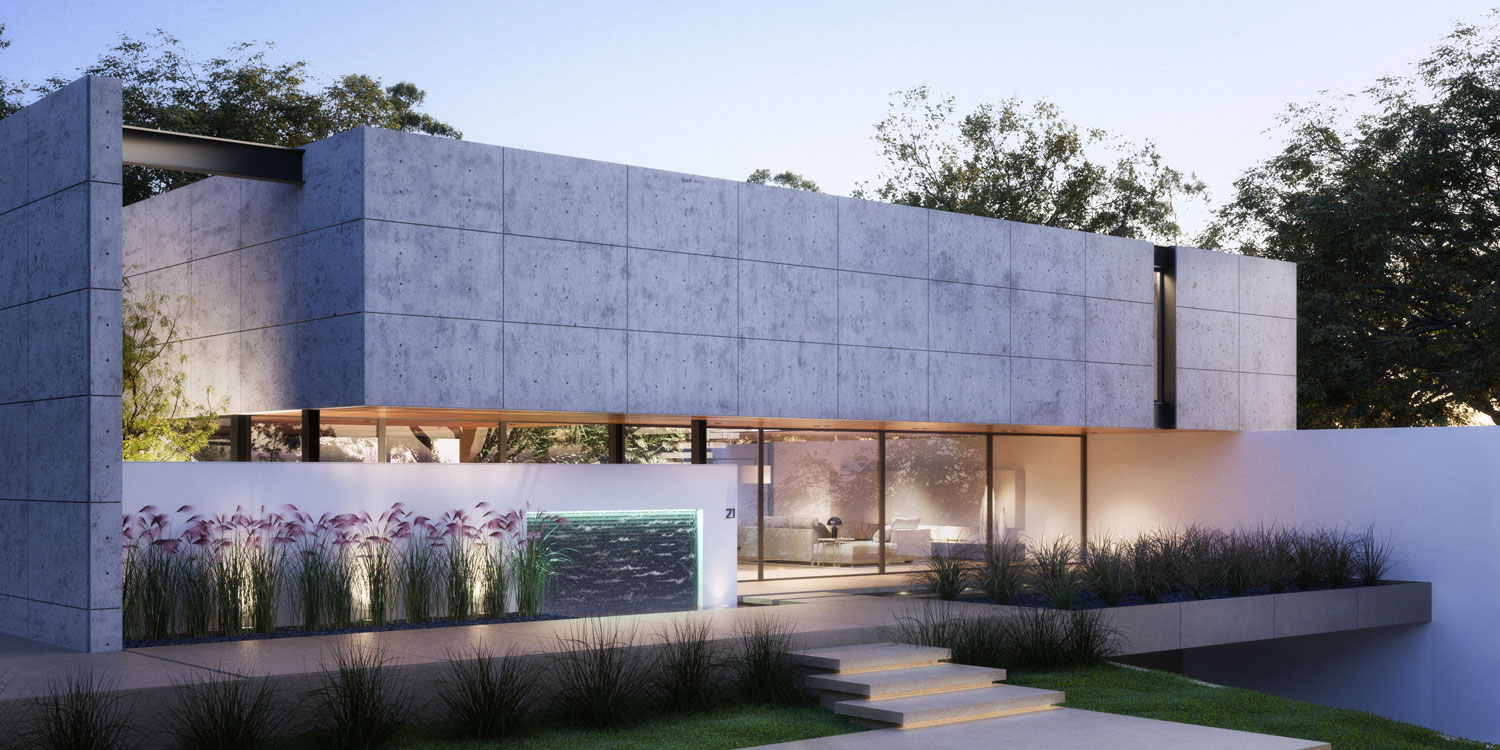

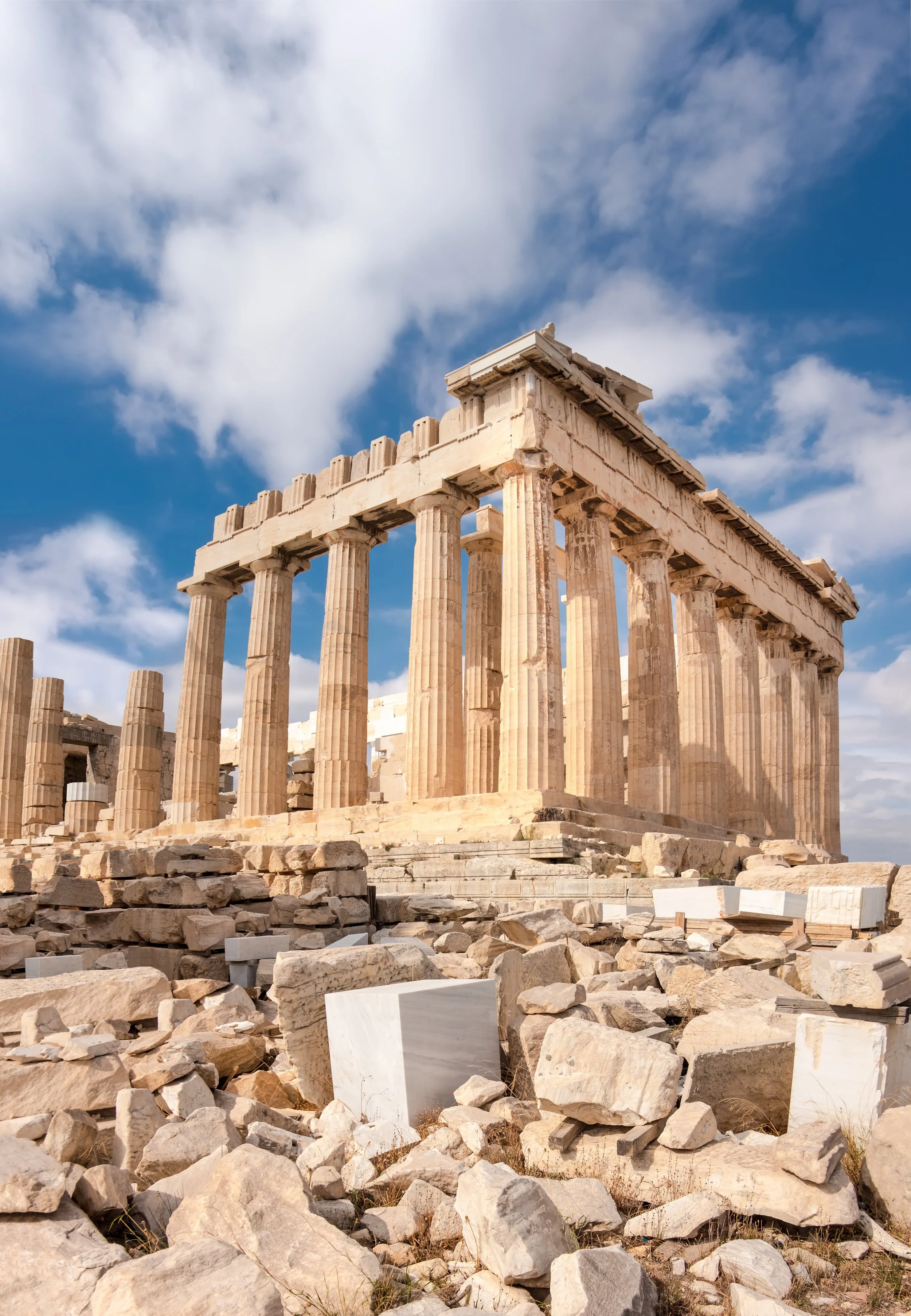






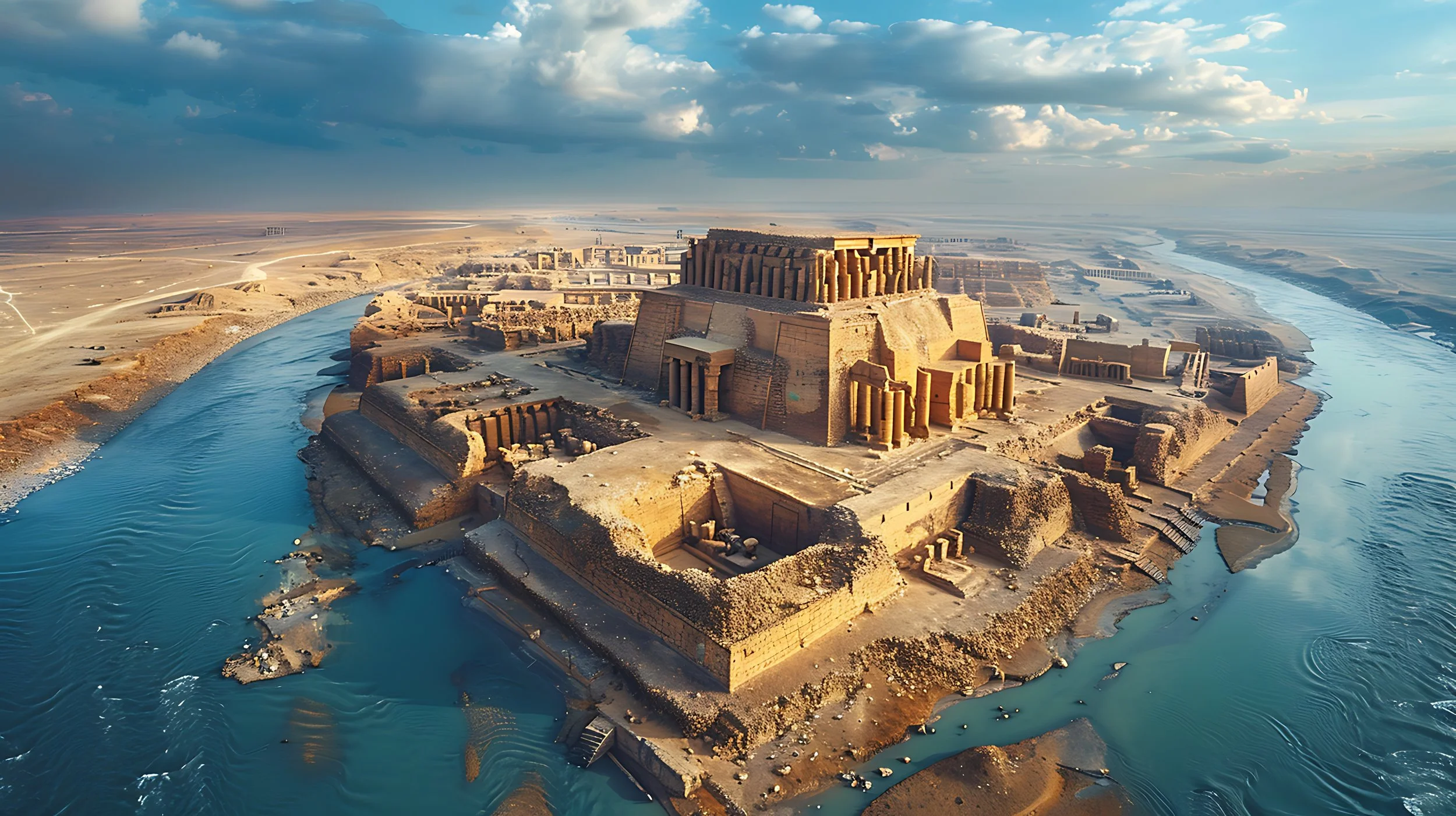








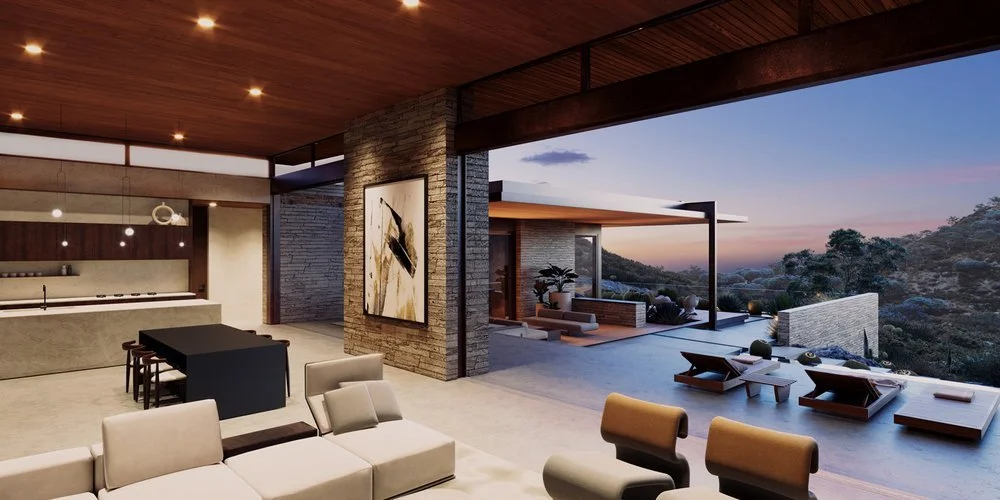









Notre Dame Cathedral had the power to embed itself into more than just the cityscape. It made its way into the hearts of the people of Paris. When the Cathedral was engulfed in flames on April 15th, 2019, we were reminded that the architecture around us impacts our lives beyond functionality. Principal and Architect of ROST Architects, Mitchell Rocheleau, discusses the history, architecture, and the architectural power of Notre Dame Cathedral.